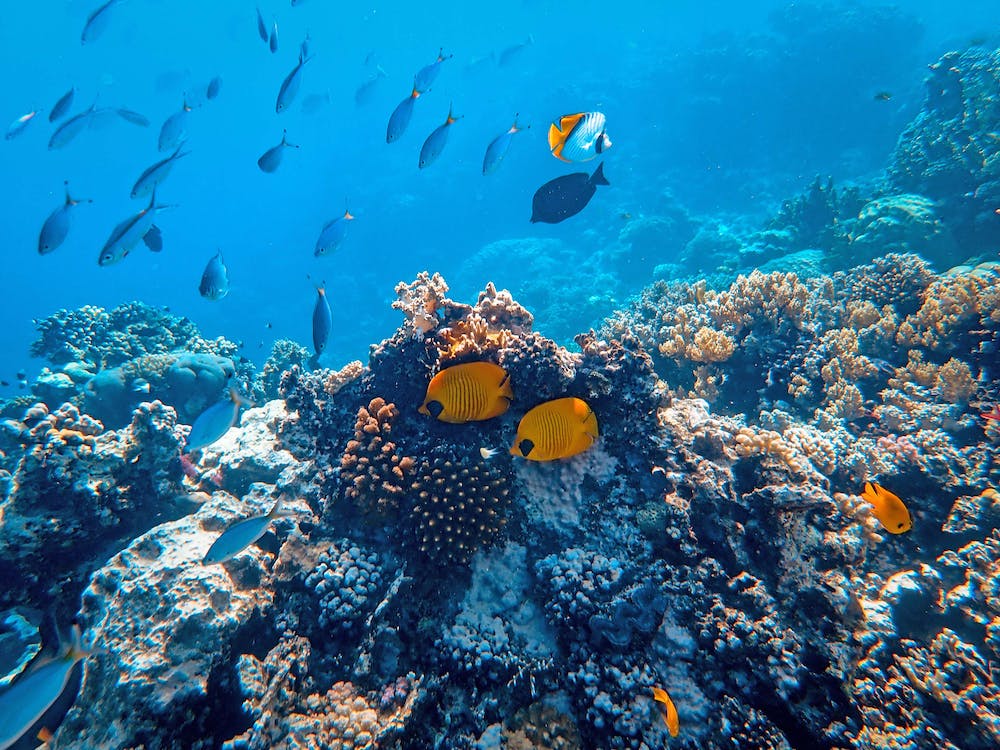Underwater photography has transcended the realms of a niche hobby to become a captivating field, capturing the essence of marine life beneath the ocean’s surface. As the world delves deeper into the mysteries of the sea, the art of capturing its beauty has gained significant attention. Let’s dive into the mesmerizing world of marine life underwater photography and explore its nuances.
Table of Contents
Introduction
Marine life underwater photography is the art of capturing the vibrant and diverse underwater world, showcasing the beauty of aquatic flora and fauna. This form of photography goes beyond traditional landscapes, offering a glimpse into the intricate ecosystems hidden beneath the surface.
Importance of Capturing Marine Life
The significance of documenting marine life extends beyond aesthetic appreciation. Underwater photographers play a crucial role in raising awareness about the delicate balance of underwater ecosystems and the need for conservation efforts.
With advancements in technology and a growing interest in marine conservation, underwater photography has gained immense popularity. The allure of exploring the unknown and the challenge of capturing captivating images contribute to its widespread appeal.
Gear and Equipment
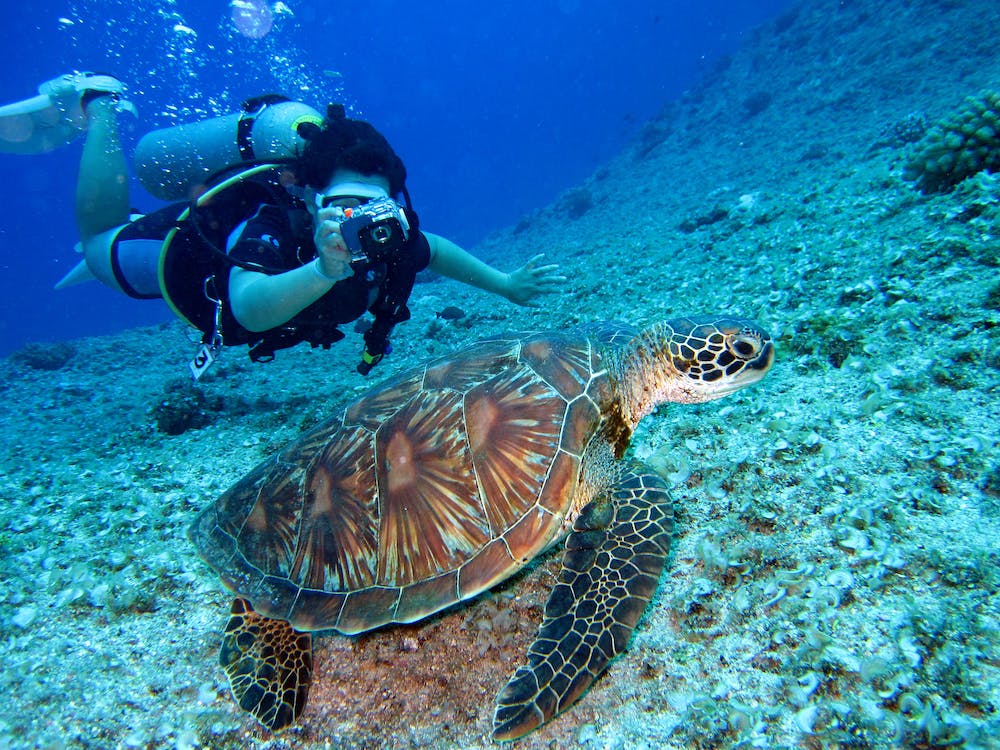
Specialized Cameras for Underwater Photography
Underwater photographers rely on specialized cameras designed to withstand the challenges of submersion. These cameras offer high resolution and advanced features tailored to the unique conditions of underwater shooting.
Underwater Housings and Accessories
To protect cameras from water damage, underwater housings are a necessity. These housings provide a sealed environment, allowing photographers to operate their cameras effectively underwater. Additionally, accessories such as strobes and filters enhance the quality of underwater images.
Lighting Considerations
Light behaves differently underwater, affecting the colors and clarity of photographs. Underwater photographers must master the use of artificial lighting to illuminate their subjects and overcome the challenges of natural light absorption in the water.
Techniques for Capturing Stunning Shots
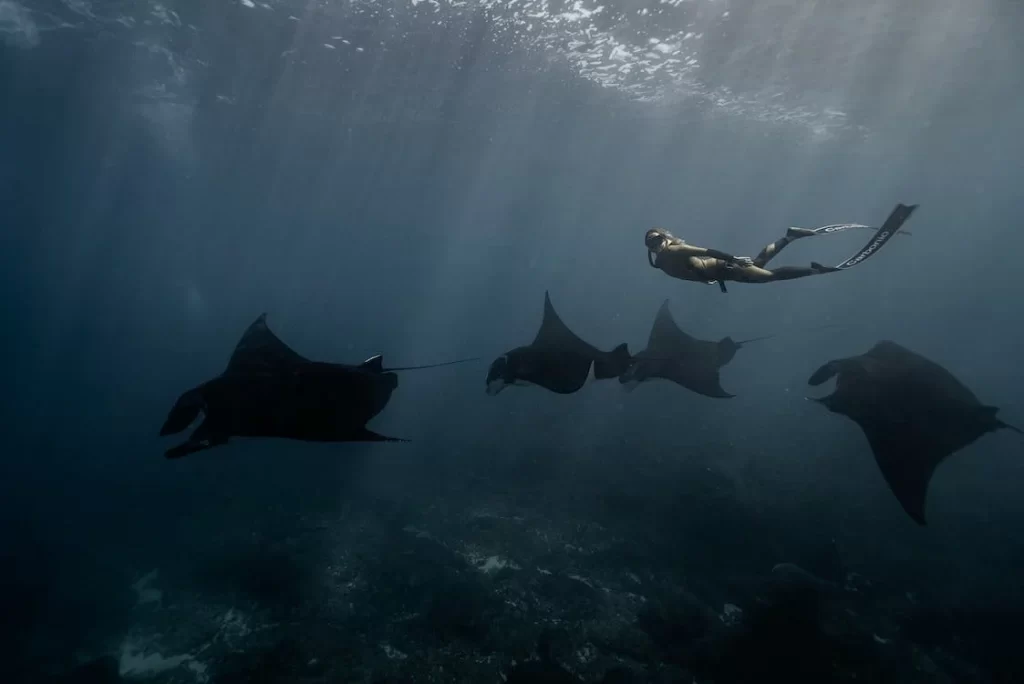
Understanding Composition
Creating visually appealing underwater images requires a deep understanding of composition. Photographers must consider the unique dynamics of underwater scenes, including the play of light, shadows, and the fluidity of marine life.
Patience and Timing
Capturing the perfect moment underwater demands patience and impeccable timing. Wildlife behavior, water currents, and lighting conditions all play a role in determining when the magic shot will present itself.
Dealing with Unique Challenges
Underwater photography presents challenges such as limited visibility, buoyancy control, and the constant motion of marine life. Photographers must adapt to these challenges to produce compelling and sharp images.
Popular Destinations for Marine Life Photography
Underwater photographers seek out extraordinary destinations to capture the mesmerizing beauty and diversity of marine life. Exploring various underwater ecosystems, from vibrant coral reefs to unique habitats and migration routes, opens up a world of photographic opportunities.
Coral Reefs Around the World
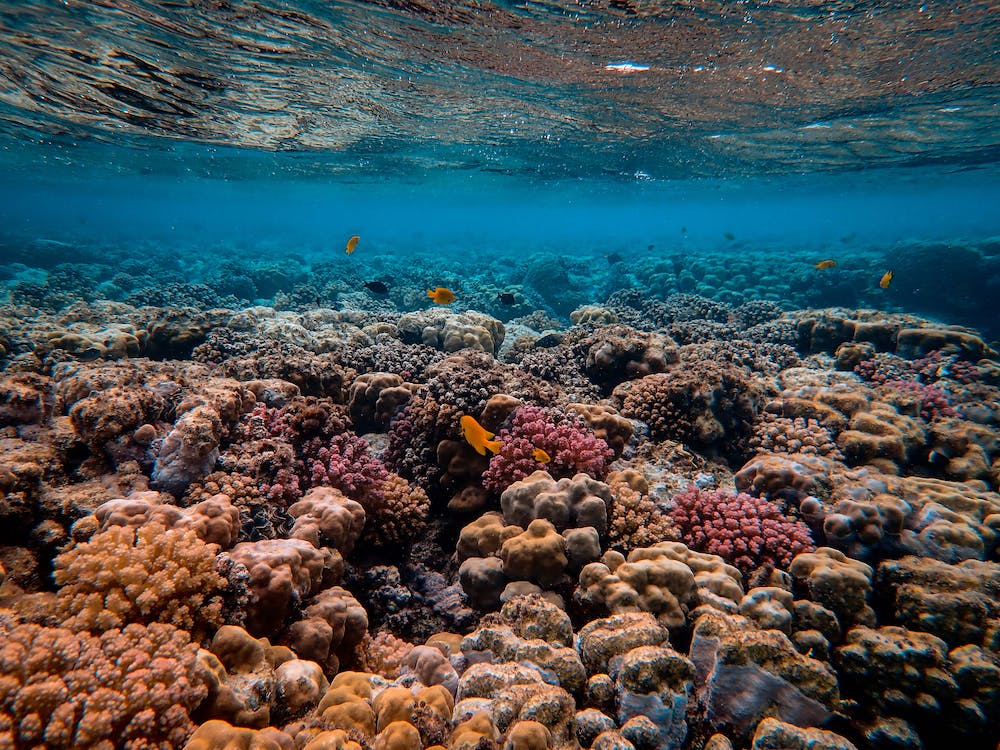
Biodiversity Hotspots
Coral reefs are renowned as biodiversity hotspots, teeming with a kaleidoscope of marine life. These vibrant ecosystems offer photographers a rich palette of colors and fascinating interactions among diverse species. The intricate structure of coral formations creates visually stunning underwater landscapes.
Photography Hotspots
Photographers from around the world pilgrimage to iconic coral reef destinations to capture the allure beneath the surface. The Great Barrier Reef in Australia stands out as one of the most popular and breathtaking locations. The Maldives, with its crystal-clear waters and diverse marine species, is another sought-after destination where photographers can immerse themselves in the underwater spectacle.
Challenges and Rewards
Photographing coral reefs comes with its challenges, including variable lighting conditions and the need for careful preservation to prevent damage to delicate coral structures. However, the rewards are immense, with the opportunity to document the fragile beauty of these underwater ecosystems.
Unique Marine Habitats
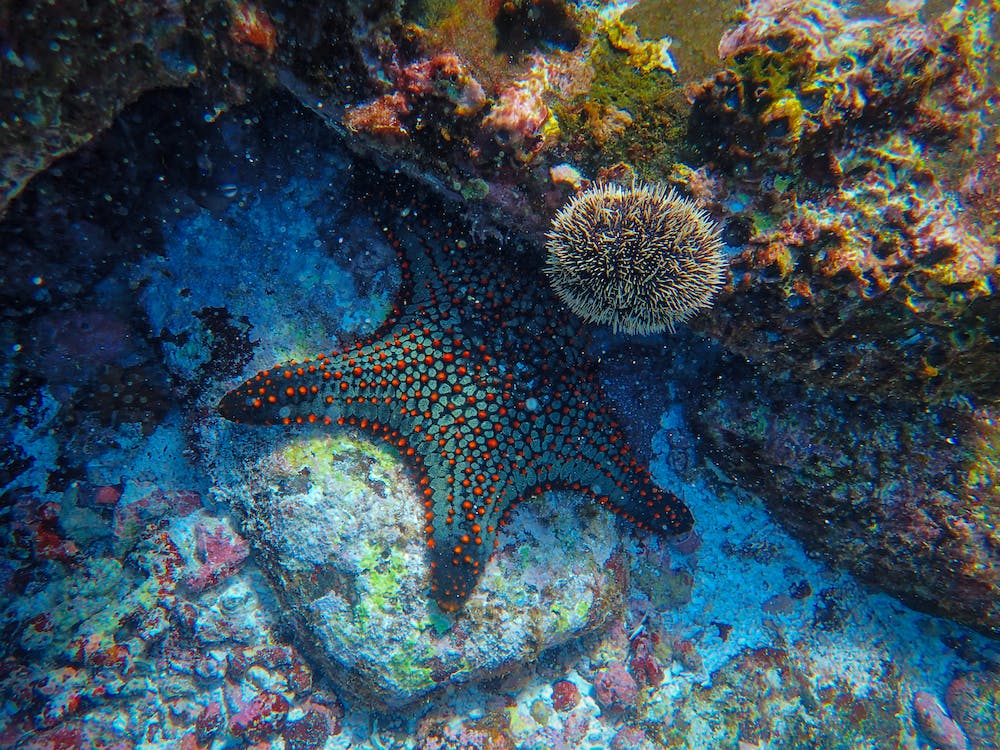
Diverse Underwater Environments
Beyond coral reefs, underwater photographers are drawn to diverse marine habitats that offer unique and captivating scenes. From the mysterious depths of kelp forests to the extreme conditions of deep-sea trenches, each environment presents distinct challenges and rewards for photographers.
Documenting Rare Species
Exploring these unique habitats provides photographers with the chance to document rare and elusive species in their natural settings. The camouflage of creatures in kelp forests or the adaptation of life in deep-sea trenches presents opportunities for photographers to showcase the extraordinary diversity of marine life.
Preserving Fragile Ecosystems
Photographers engaged in capturing images in unique marine habitats often become advocates for the preservation of these ecosystems. Through their lens, they share the beauty of these environments, raising awareness about the importance of conservation and responsible interaction with delicate ecosystems.
Documenting Wildlife Migration Patterns
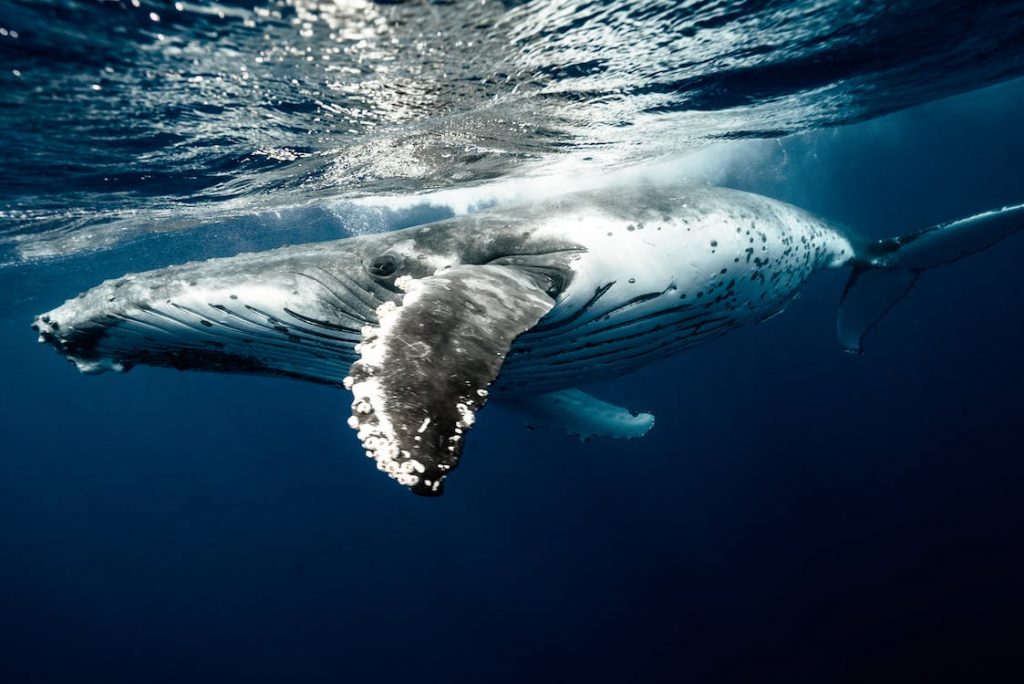
Incredible Migration Journeys
Certain marine species embark on awe-inspiring migration journeys, covering vast distances in search of food, breeding grounds, or warmer waters. Underwater photographers play a crucial role in documenting and understanding these migration patterns.
Whales, Sharks, and More
Whales, sharks, and other migratory creatures captivate photographers with their majestic movements. From the annual migration of humpback whales to the intricate patterns of shark migration, capturing these moments contributes to scientific understanding and public appreciation of marine life.
Conservation Impact
Documenting wildlife migration patterns not only provides stunning visual content but also contributes to conservation efforts. By showcasing the migratory behaviors of marine species, photographers raise awareness about the need to protect their habitats and migration routes.
Environmental Awareness
Impact of Photography on Marine Life
While underwater photography promotes appreciation for marine environments, it also raises concerns about its impact on delicate ecosystems. Photographers must adopt ethical practices to minimize disturbance to marine life and habitats.
Ethical Practices for Underwater Photographers
Responsible photographers prioritize the well-being of marine life over capturing the perfect shot. This includes maintaining a safe distance, avoiding touching underwater creatures, and using non-intrusive techniques to capture images.
Promoting Conservation Through Imagery
Many underwater photographers actively contribute to marine conservation efforts by using their images to advocate for the protection of endangered species and the preservation of critical habitats.
Success Stories in Marine Life Underwater Photography
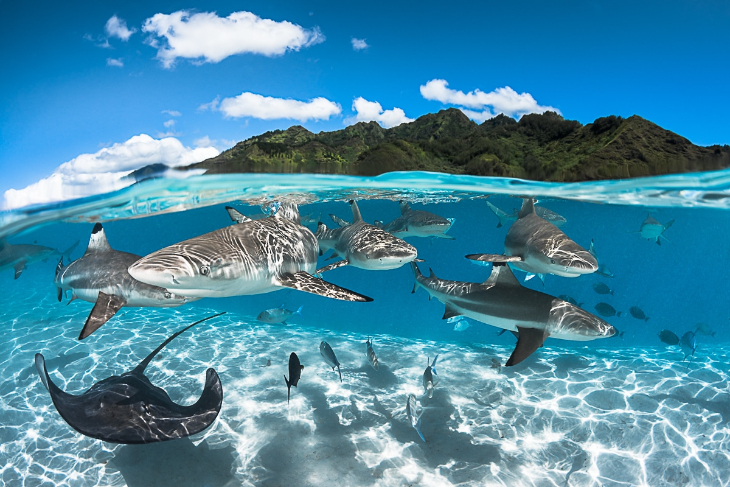
Notable Photographers in the Field
Renowned photographers like David Doubilet and Cristina Mittermeier have made significant contributions to the field of marine life underwater photography. Their work not only captures the beauty of the underwater world but also inspires others to appreciate and protect it.
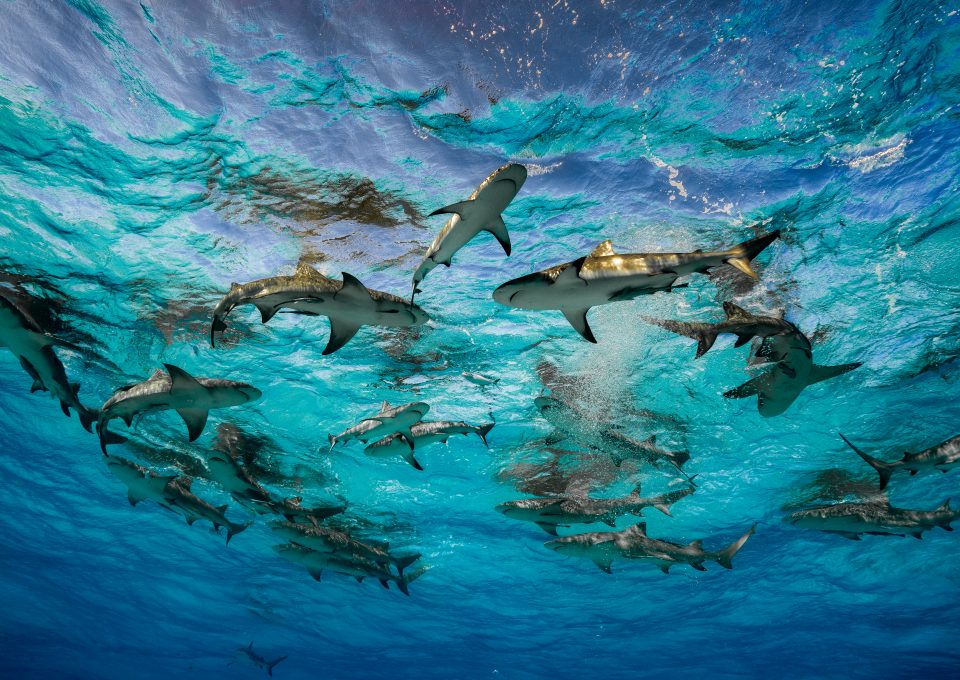
Contributions to Marine Conservation Efforts
Underwater photographers often collaborate with marine conservation organizations, using their images to support fundraising initiatives and educational programs. Their contributions extend beyond art, directly impacting the conservation of marine ecosystems.
Trends and Innovations
Evolution of Marine Life Underwater Photography
The field is continually evolving with advancements in camera technology, underwater lighting, and post-processing techniques. Staying updated on these trends ensures photographers remain at the forefront of innovation.
Incorporating Technology
From underwater drones to 360-degree cameras, technology plays a pivotal role in expanding the possibilities of marine life photography. Embracing technological advancements enhances the creative potential of photographers.
Social Media Impact on the Industry
The widespread use of social media platforms has transformed the way underwater photographers showcase their work. Instagram, in particular, has become a powerful tool for sharing breathtaking images and connecting with a global audience.
Future Prospects in Underwater Photograph
Advancements in Equipment
Anticipated advancements in camera and equipment technology will likely revolutionize underwater photography. Higher resolution, improved low-light capabilities, and enhanced durability are expected in future gear.
Increasing Interest Among New Generations
The allure of underwater exploration combined with the visual appeal of marine life photography is attracting a new generation of enthusiasts. This surge in interest bodes well for the future growth of the industry.
Potential for Discovering New Species
Underwater photographers often have the unique opportunity to document previously undiscovered species. The potential for contributing to scientific discoveries adds an exciting dimension to the profession.
Telling a Story Through Photography

Conveying Conservation Messages
Photographers have a unique platform to convey powerful conservation messages through their images. Each photograph tells a story, emphasizing the fragility of marine ecosystems and the importance of conservation efforts.
Impactful Narratives Behind Each Image
Behind every striking image lies a narrative. Photographers often share the stories behind their shots, creating a deeper connection between the viewer and the underwater world they seek to protect.
Creating Emotional Connections
Emotional connections fostered through photography have the potential to inspire action. By evoking empathy and appreciation, underwater photographers contribute to the collective effort to preserve marine life.
Professional Opportunities
Selling Prints and Licensing
Established underwater photographers find a lucrative avenue for income through selling prints and licensing their captivating images. This dual strategy not only provides a direct revenue stream but also increases the exposure and recognition of their work.
Building a Recognizable Brand
Creating a distinctive brand is pivotal in the competitive world of underwater photography. Photographers focus on developing a unique style, whether through the subjects they capture, the way they compose their shots, or the specific underwater environments they explore. A recognizable brand not only attracts potential buyers but also fosters a sense of trust and admiration among the audience.
Marketability Enhancement
Building a brand goes hand in hand with enhancing marketability. By consistently delivering high-quality, visually striking images, photographers elevate their market presence. This, in turn, attracts potential buyers, galleries, and commercial clients looking for exclusive and captivating underwater visuals.
Navigating the Licensing Landscape
Licensing images for commercial use requires a strategic approach. Photographers often work with licensing agencies or negotiate directly with clients to determine usage rights, royalties, and other contractual details. This avenue allows photographers to extend the reach of their work into various industries, including advertising, publishing, and editorial content.
Working with Marine Biology Research
Collaborating with marine biology researchers offers photographers a unique opportunity to contribute to scientific understanding and conservation efforts. This intersection of art and science allows for a deeper exploration of marine ecosystems.
Documenting Specific Species or Behaviors
Underwater photographers engaged in collaborations with marine biologists often focus on documenting specific species or behaviors. Their images become valuable tools for researchers studying marine life, providing visual documentation of behaviors, habitats, and interactions that might be challenging to observe directly.
Contributing to Scientific Publications
Photographers involved in marine biology research may see their work featured in scientific publications. The visual elements they provide complement research papers, offering a more comprehensive and accessible view of marine phenomena. This collaboration helps bridge the gap between scientific knowledge and public understanding.
Promoting Conservation Through Research
By actively participating in research projects, photographers contribute not only to scientific knowledge but also to conservation initiatives. Their images can be used to highlight the beauty and fragility of marine ecosystems, fostering a sense of urgency and responsibility among the general public.
Photography for Eco-Tourism
Underwater photographers with a passion for education and environmental conservation can explore opportunities in eco-tourism. Guiding enthusiasts on underwater excursions allows photographers to share their expertise and love for marine environments.
Educational Guided Tours
Photographers often lead educational tours, sharing insights into underwater photography techniques, marine biology, and conservation. These tours provide enthusiasts with a unique and immersive experience, fostering a deeper connection to the marine world.
Promoting Responsible Interaction
Participating in eco-tourism requires a commitment to responsible interaction with marine environments. Photographers play a crucial role in educating participants about ethical practices, emphasizing the importance of minimizing impact and respecting the delicate balance of underwater ecosystems.
Advocacy for Marine Conservation
Through eco-tourism, photographers become advocates for marine conservation. By showcasing the beauty of marine life in its natural habitat, they inspire a sense of awe and appreciation, motivating participants to actively support conservation efforts and make environmentally conscious choices.
Community Engagement and Outreach
Engaging with the community is a vital aspect of photography for eco-tourism. Photographers often collaborate with local communities, conservation organizations, and educational institutions to promote awareness and understanding of marine ecosystems.
Conclusion
In conclusion, marine life underwater photography is a captivating blend of art, exploration, and conservation. From the challenges faced beneath the waves to the stunning imagery captured, this niche within the photography world continues to inspire awe and admiration. Aspiring photographers are encouraged to embark on their own underwater journey, contributing to the collective effort to protect and preserve the beauty that lies beneath the surface.
Afterword
We hope that you find this article helpful. Thank you for reading and you’re always free to leave a comment. If you find this article interesting, consider checking out one of our recently published posts. A few of them showcase advancements in technology such as AI Art Generators. On the other hand, if you’re looking towards Photography, we also offer great articles for your inspiration. We also have multiple articles that talk about the various printing mediums for wall art. May these articles give you inspiration for your next print!
Find them here:
Discover the Secret to High-quality Canvas Prints
The 9 Best Canvas Print Companies in 2023
Acrylic Prints: Add Vibrance to Any Space
The Top Food Photography Trends to Try Now
The Ultimate Guide to Continuous Lighting for Photography
Stable Diffusion Tips and Tricks
Best AI Art Generator for Android Phones 2023
We enjoy reading your comments and insights with our posts! Should you have any questions or concerns, feel free to leave them below! -Mark

